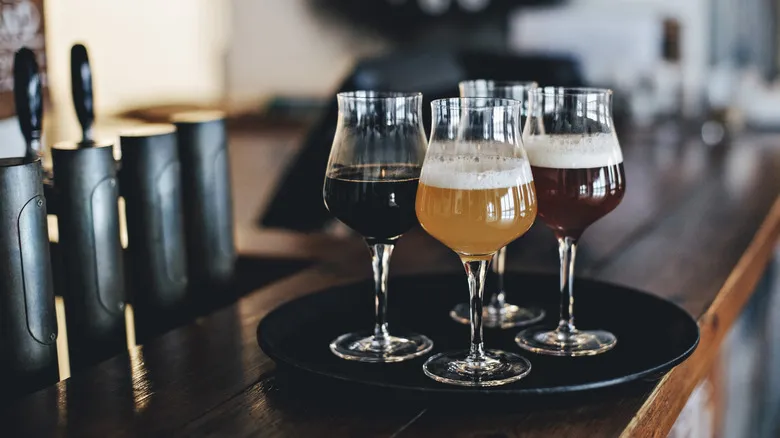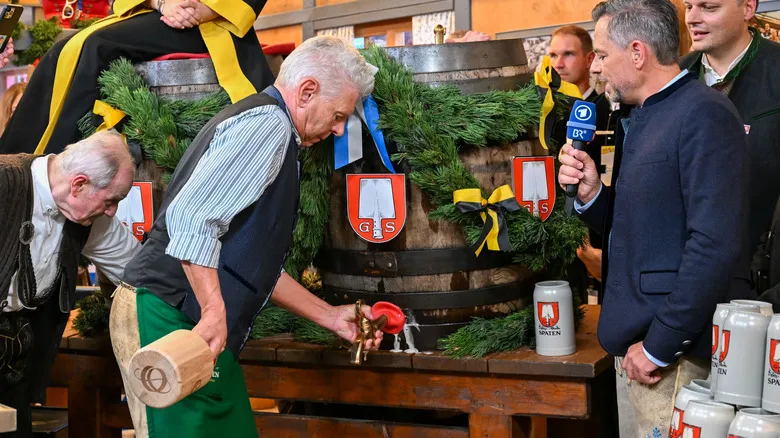Domestic often denotes affordable and accessible beers

A domestic beer is characterized as a brew produced in the same country where it is sold. Typically, these are the options you’ll find at your local convenience store or on draft at bars. Their widespread availability is practical—local production facilitates easier distribution, eliminates import taxes, and ideally offers a fresher taste. In the U.S., popular examples include well-known brands like Budweiser and Coors Light, but the idea of domestic beers applies internationally as well. XXXX beer is a beloved choice in Australia, while Guinness holds the title of Ireland's national beverage.
Technically, any craft beer brewed in the U.S. qualifies as domestic. However, the term has often become associated with what is known as macro beers: large-scale, industrially produced, and easy-drinking options. These mass-produced domestics dominate the U.S. market, with just a few companies controlling the majority of sales, which allows for lower prices.
On the other hand, there are also regional beer styles that offer affordability but have more limited distribution. Cult favorites like Genesee Cream Ale and Anchor Steam are reliable choices within specific areas. Additionally, the rising popularity of Mexican beer in the U.S. is shifting consumer preferences, making the distinction between domestic and imported beers increasingly less significant.
The modern craft beer scene is reigniting local consumption

Craft beer often conjures images of innovative IPAs and unique sours, but a closer examination reveals a more ambiguous definition. There are no strict legal standards governing the term, although the Brewers Association provides some criteria. According to them, a craft brewer produces fewer than six million barrels per year, with no more than 25% of the ownership held by a non-brewer. However, this definition doesn't encompass all craft beers, as evidenced by the many that are affiliated with Anheuser-Busch. To grasp the influence of a handful of major brewers and the resurgence of established domestic brands, it's essential to look back at history.
Prior to Prohibition, numerous breweries thrived in the U.S., primarily producing ales and lagers. Initially, these were small, local operations that crafted fresh beers for nearby taverns. However, the onset of Prohibition led to the closure of many breweries, drastically reducing the number of producers. Following this period, federal regulations introduced a new distribution framework that complicated sales to bars.
As a result, large-scale breweries like Pabst and Coors came to dominate the market, establishing their brands as the preferred choices. By the 1970s, only 45 independent breweries remained in the country. The craft beer movement has since revitalized small-scale brewing, with over 9,000 craft brewers now operating in the U.S., making it easier than ever to enjoy locally produced offerings.
Recommended

How To Make Mead From Honey

The Beer Tradition That Always Signals The Start Of Oktoberfest

The Perfect Dishes To Pair With Moscato According To An Expert

Yes, You Can Take Wine On A Plane In Your Checked Luggage. Here's How
Next up

